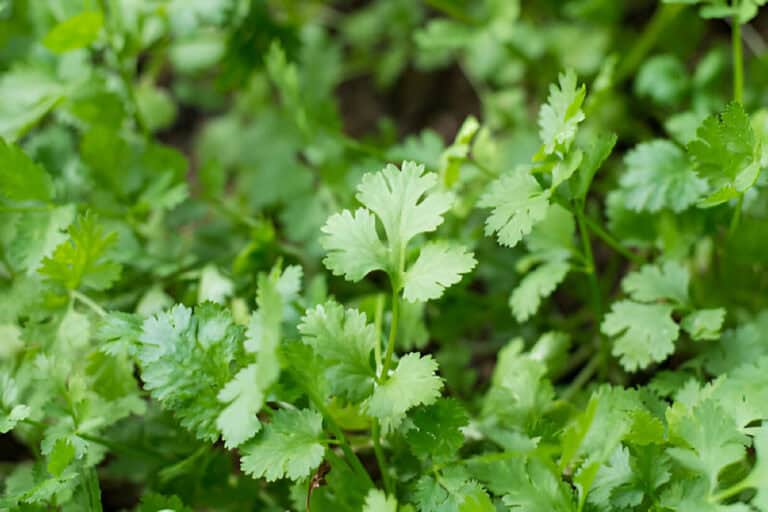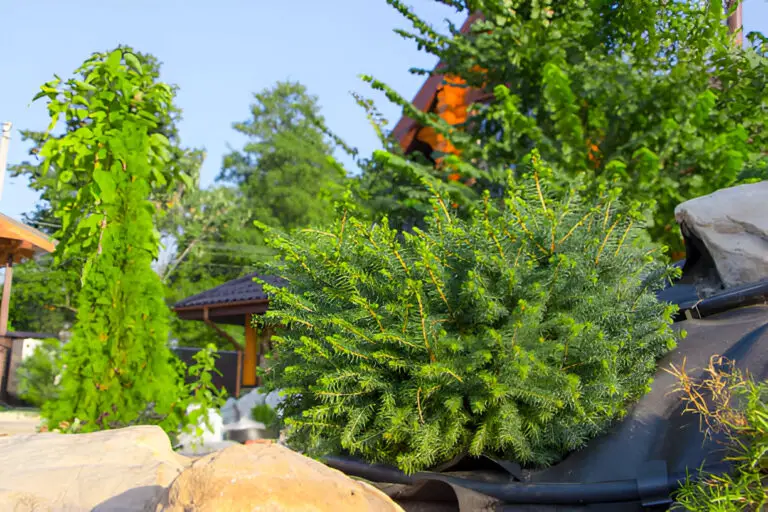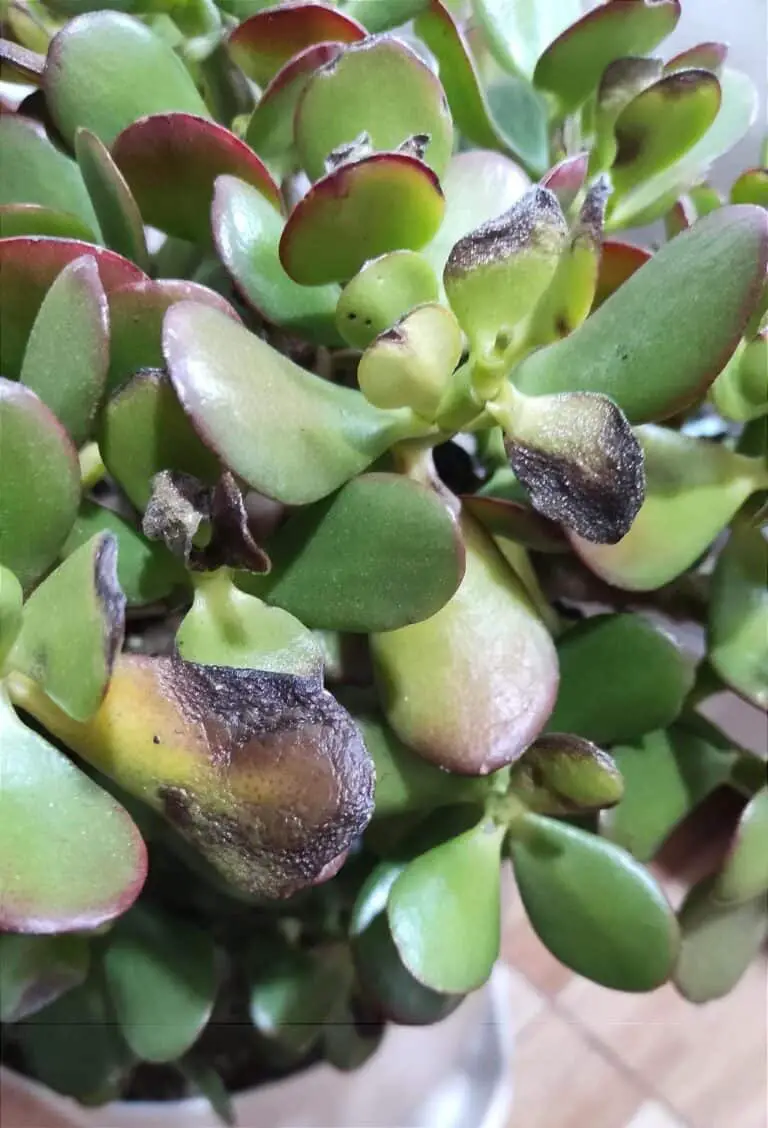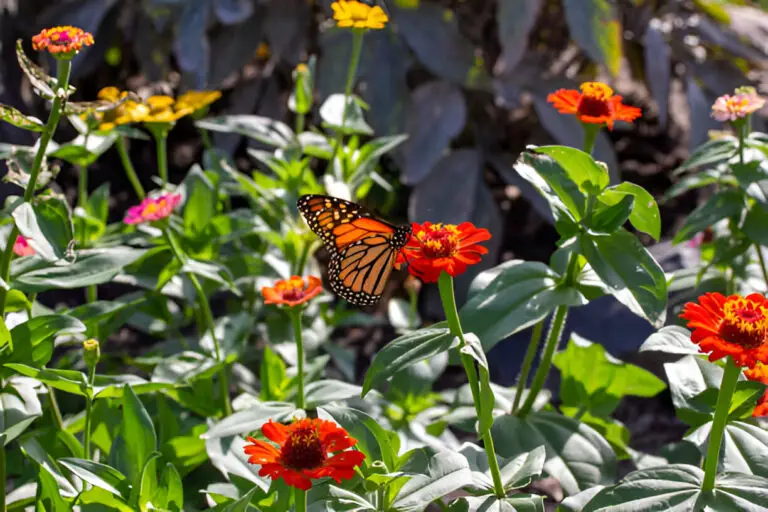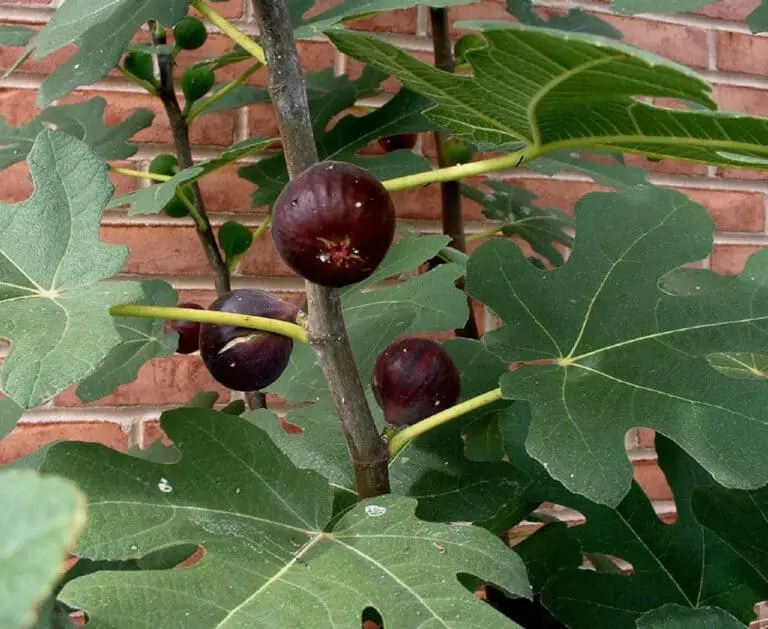Does Lilac Grow on Trees? Here’s the Truth Behind This Fragrant Favorite
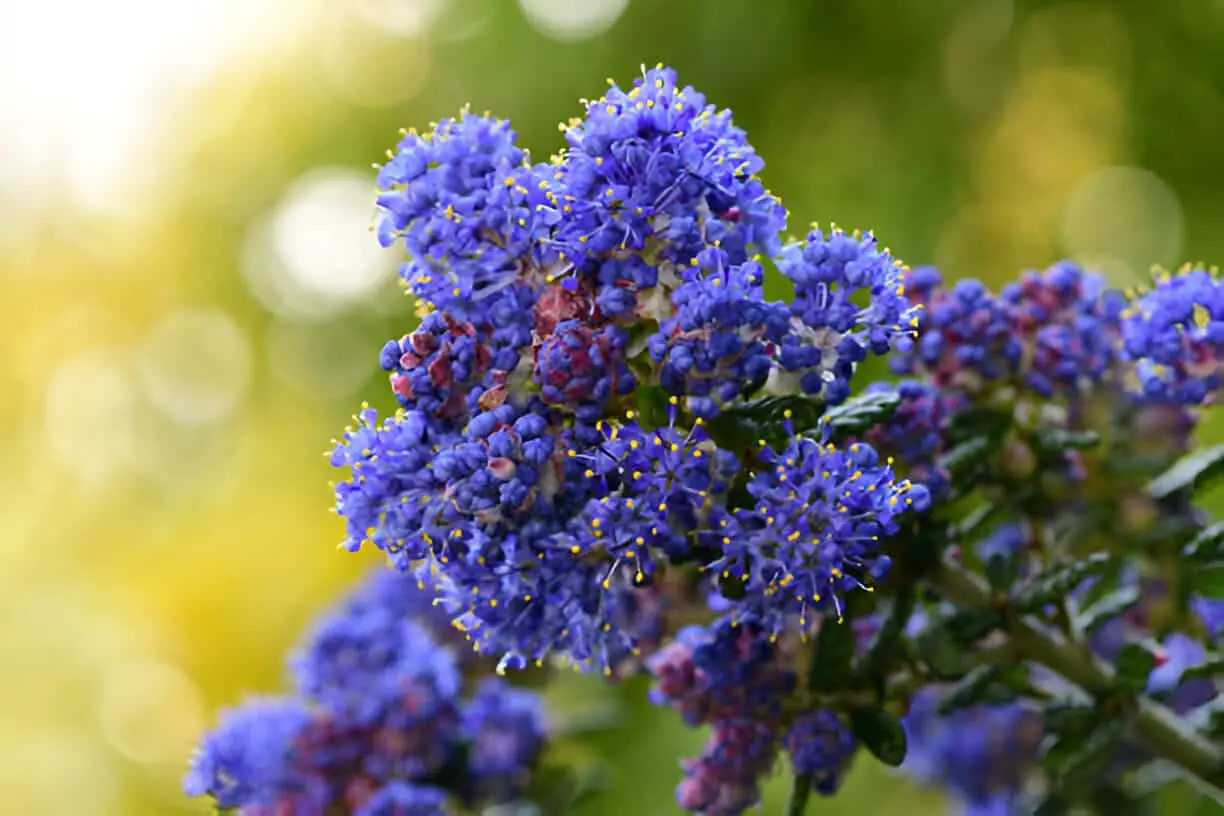
The first time I laid eyes on a blooming lilac, I was hooked. It wasn’t just the scent—though that cloud of sweet, soft perfume practically danced through the air. It was the way the blossoms painted the garden with hues of lavender, plum, and pale pink like someone had wrung out the sky at sunset.
But what really threw me? I saw a neighbor’s lilac standing tall like a tree—trunk and all—while mine squatted like a bushy green hedgehog. So naturally, I asked the question you might be wondering too: Does lilac grow on trees?
Let’s unravel this aromatic mystery together—branch by branch.
The Short Answer: Lilacs Can Be Trees, Shrubs, or Something in Between
Here’s the scoop: most lilacs grow as shrubs, but some varieties grow into small trees, and yes, you can train others to look like trees with a bit of horticultural finesse.
In other words, lilacs wear many hats—kind of like a garden’s shapeshifter. What you plant, how you prune, and which variety you choose will determine whether your lilac stays grounded or reaches for the skies.
Meet the Lilac Family: A Mixed Bunch
Lilacs belong to the genus Syringa, and within that clan, there’s quite a bit of variety. Some are compact and perfect for hedges, while others tower overhead like leafy chandeliers.
🌸 Common Lilac Types:
| Lilac Type | Botanical Name | Growth Habit | Typical Height |
| Common Lilac | Syringa vulgaris | Large shrub | 8–15 feet |
| Japanese Tree Lilac | Syringa reticulata | Small tree | 20–30 feet |
| Persian Lilac | Syringa × persica | Low-growing shrub | 4–8 feet |
| Dwarf Korean Lilac | Syringa meyeri | Compact shrub | 3–5 feet |
| Chinese Tree Lilac | Syringa chinensis | Tree-like or shrub | 10–20 feet |
If you’ve ever spotted a lilac standing tall with a trunk, chances are you were looking at a Japanese tree lilac, which is bred to grow with a single main stem like your classic ornamental tree.
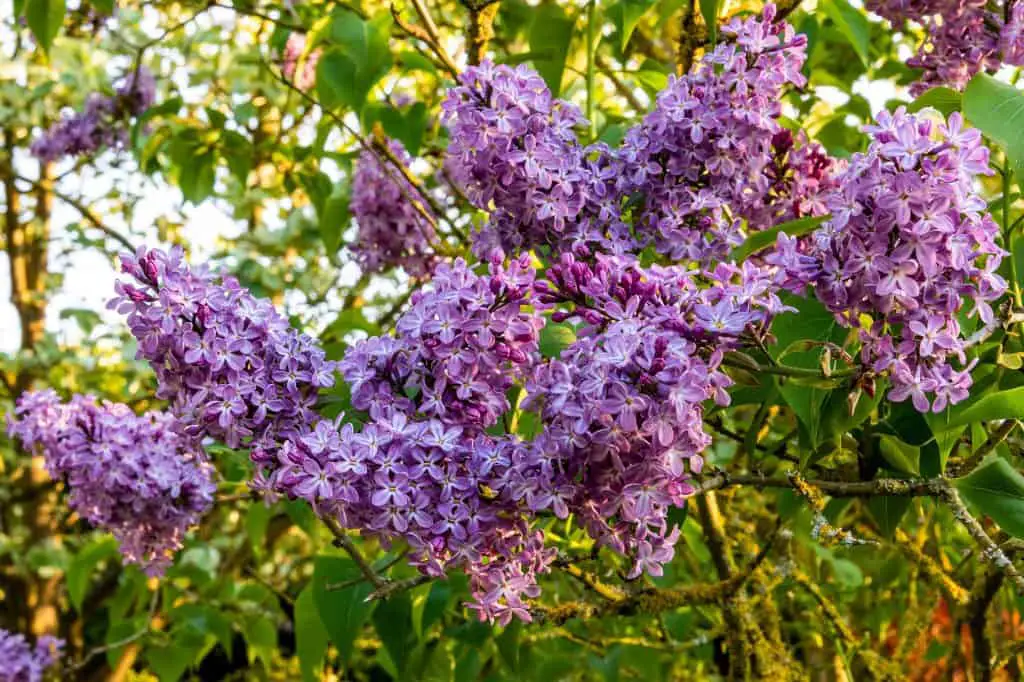
So, Can You Train a Lilac to Grow Like a Tree?
| Read: Yankee Point California Lilac (Ceanothus Griseus): Plant Care and Growing Guide |
Absolutely. I tried it myself—and while it takes patience and a bit of snipping here and there, it’s a rewarding little project.
🪚 How I Turned My Lilac Bush Into a Tree (Sort Of):
- Picked the healthiest central stem — the one with backbone and promise.
- Pruned away the competing shoots — think of it like clearing the stage for the star.
- Staked it gently to encourage upright growth.
- Snipped side shoots below the canopy line — giving it that “lollipop tree” shape.
- Kept at it every spring like a ritual. Prune, shape, repeat.
Now it stands about 8 feet tall, wearing its canopy like a powdery purple crown. It still has a mind of its own, but hey—don’t we all?
Tree Lilacs vs. Shrub Lilacs: What’s the Difference (And Which Should You Grow)?
Not all lilacs are created equal. Depending on your space, climate, and aesthetic preferences, one might suit you better than the other.
🌿 Quick Comparison: Tree Lilac vs. Shrub Lilac
| Feature | Tree Lilac | Shrub Lilac |
| Growth Habit | Single trunk, upright | Multi-stemmed, bushy |
| Bloom Time | Late spring to early summer | Mid to late spring |
| Fragrance | Mild to moderate | Strong and classic lilac scent |
| Maintenance | Low once established | Needs regular pruning |
| Ideal Use | Standalone specimen or shade tree | Hedges, borders, cutting gardens |
| Space Requirement | Larger spaces, open yards | Flexible for small spaces |
Personally, I adore shrub lilacs for their fragrance and sheer nostalgia—my grandma always had them near the back porch. But tree lilacs bring structure to a garden like few others. They’re like the quiet uncle who brings wisdom and calm to a chaotic family barbecue.
| Check out: How to Revive a Weak Lilac Tree: Key Steps for a Stronger Plant |
Why Your Shrub Lilac Might Look Like a Tree (and Vice Versa)
Sometimes a lilac just does its own thing, especially if it’s been neglected or over-pruned. A shrub left to grow wild might send up a dominant stem that mimics a tree trunk. On the flip side, a young tree lilac might still look bushy in its early years.
And then there are grafted lilacs—shrubs fused onto a tree-like rootstock for a sculpted, bonsai-meets-floral look. I tried one once, but the graft failed after two winters. Lesson learned: they look fancy, but don’t always hold up in cold climates.
Lilacs in the Landscape: Where They Shine Best
I always say, if you’ve got lilacs, give them room to breathe. These aren’t wallflowers—they need sunlight, airflow, and space to strut their stuff.
☀️ Top Spots to Plant Lilacs:
- Near fences — for privacy and scent all in one.
- Along driveways — especially tree lilacs that won’t block sightlines.
- As a focal point — one tall lilac can anchor an entire backyard.
- By the patio — so that fragrance can drift into evening conversations.
Don’t crowd them. Trust me—give them space, and they’ll reward you with blossoms that practically throw a garden party each spring.
Common Questions I Get About Lilacs and Trees
Because people are naturally curious (and lilacs are naturally confusing), I hear a lot of questions about them. Here are a few I’ve answered at least a dozen times:
❓Can I grow lilacs in pots?
You can, but it’s tricky. Stick with dwarf varieties like Syringa meyeri. Bigger lilacs outgrow containers faster than a teenager in middle school.
❓Why isn’t my lilac blooming?
It could be:
- Too much shade
- Improper pruning (especially cutting in fall, which removes next year’s buds)
- Not enough cold dormancy (lilacs need winter chill to bloom)
❓Can I prune a lilac into a tree shape any time?
Best time? Right after blooming, usually late spring. Wait too long, and you risk chopping off next year’s buds. Think of it like giving a haircut—you want to catch it at the right moment, not right before picture day.
The Scent of Spring and the Shape of Memories
When my lilac blooms, it carries more than scent—it carries stories. Mornings with my coffee, standing barefoot in dew-covered grass. Afternoons chasing bees away from my curious dog. Evenings clipping bouquets for the kitchen, where their perfume turns the room into a cloud of calm.
Whether your lilac grows tall like a soldier or spreads wide like a storyteller, it brings something timeless to your garden. Tree or shrub, it doesn’t really matter in the end—what matters is how it makes you feel.
Final Thoughts: Lilacs Grow on Trees… Sometimes
So, does lilac grow on trees? Yes, in more ways than one.
Some lilacs come pre-loaded with the DNA to grow tall. Others you can shape with a little time and patience. And even if yours stays stubbornly shrub-shaped, it still brings magic to your landscape.
Grow what makes you happy. Train it, trim it, or let it run wild. Just don’t forget to stop and smell the lilacs.

